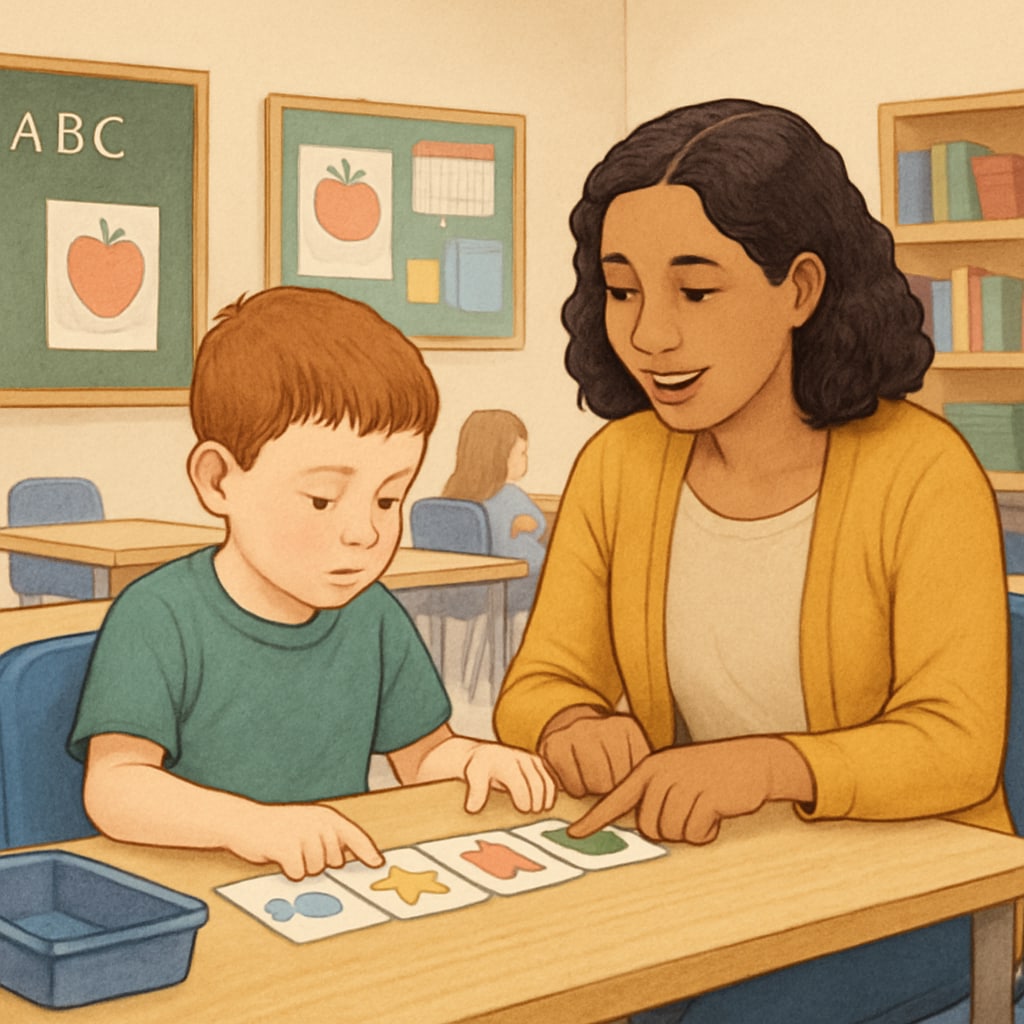Special education professionals, including teacher assistants, play a vital role in supporting children on the autism spectrum by fostering meaningful connections and creating a positive learning environment. Understanding the unique needs of these children and preparing effectively can make a significant difference in their development and educational success. This article provides practical strategies for educators to build trust, engage effectively, and prepare for impactful interactions with children on the autism spectrum.
Understanding Autism Spectrum and Its Educational Challenges
Autism spectrum disorder (ASD) is a developmental condition that affects communication, behavior, and social interaction. Each child with ASD is unique, presenting a wide range of abilities and challenges. For educators, the key to success lies in understanding these differences and adapting teaching methods accordingly.

For example, children on the spectrum may have sensory sensitivities, difficulties with transitions, or challenges in expressing themselves verbally. Recognizing these traits and planning ahead ensures a supportive and inclusive environment. Learn more about autism spectrum disorder on Britannica.
Preparation Strategies for Special Education Professionals
Effective preparation is essential for working with children on the autism spectrum. Here are key strategies for educators and teacher assistants:
- Research and Training: Gain a thorough understanding of autism spectrum disorder, including common behaviors and learning styles. Attend workshops and seminars on special education techniques.
- Individualized Planning: Review each child’s Individualized Education Plan (IEP) to understand their specific needs, goals, and accommodations. Collaborate with therapists and parents for additional insights.
- Classroom Environment: Create a structured and predictable classroom setting. Use visual aids, sensory-friendly materials, and defined routines to minimize anxiety and distractions.
- Communication Preparation: Learn effective communication methods, such as visual schedules, assistive technology, or simple language tailored to the child’s needs.
By preparing thoroughly, educators can approach their roles with confidence and effectiveness. For additional resources, the Wikipedia page on special education offers valuable insights.
Building Connections Through Interaction Techniques
Establishing trust and rapport with children on the autism spectrum requires patience and consistency. Here are interaction techniques to help foster meaningful connections:
- Follow Their Interests: Engage with the child through activities they enjoy, such as art, music, or specific hobbies. This encourages communication and builds trust.
- Use Positive Reinforcement: Reward positive behaviors and achievements with praise, tokens, or other motivators. This reinforces desired behaviors and boosts confidence.
- Be Consistent: Maintain consistent rules, routines, and communication styles. Consistency helps children feel secure and reduces stress.
- Practice Active Listening: Pay attention to verbal and non-verbal cues, showing empathy and understanding. Respond appropriately to their needs and preferences.

In addition, educators should cultivate a patient and empathetic attitude, recognizing that progress may take time. Positive relationships pave the way for meaningful learning experiences.
By employing these strategies, special education professionals can empower children on the autism spectrum to thrive academically and socially while fostering a sense of belonging and achievement.
Readability guidance: Keep paragraphs concise and use lists to summarize key points. Ensure each section flows naturally with transition words, such as “however,” “therefore,” and “for example.” Focus on accessible language while incorporating professional terminology where relevant.


